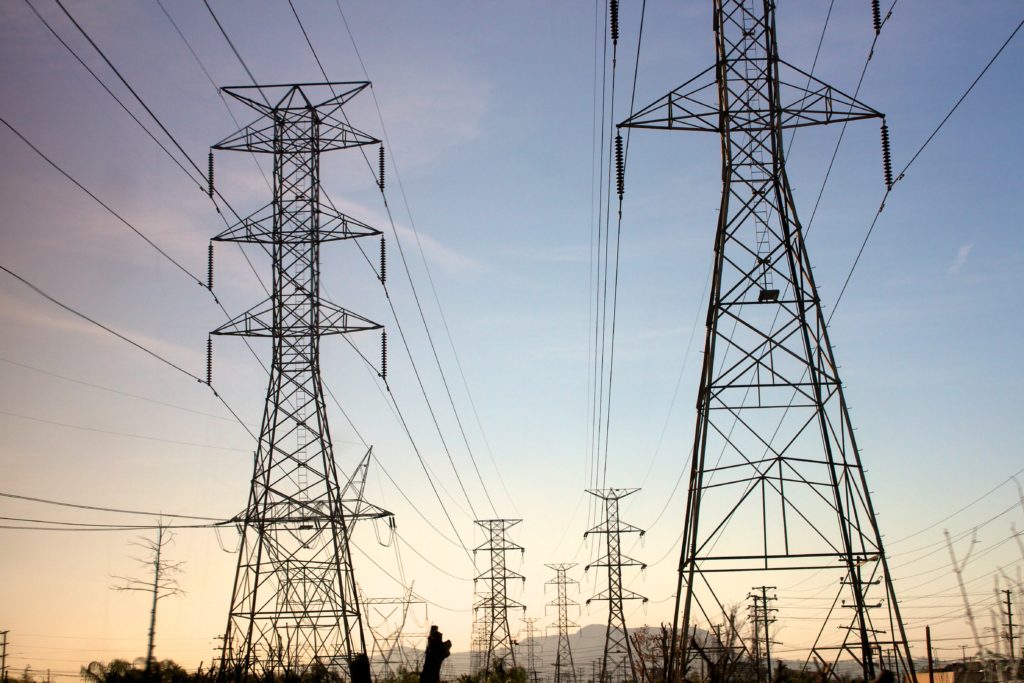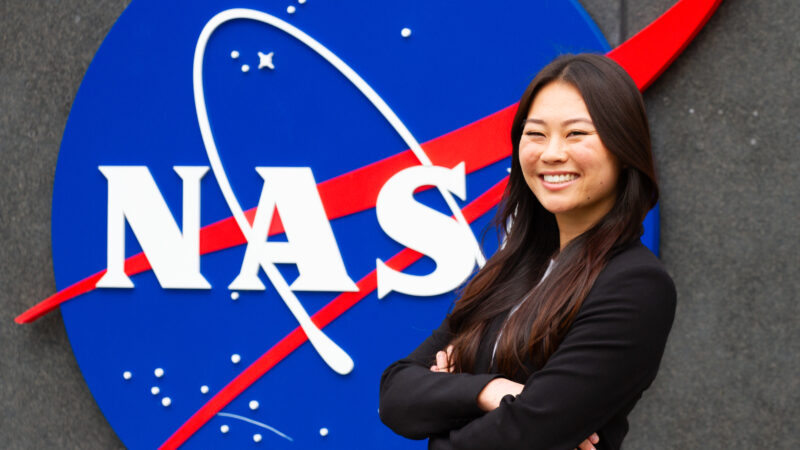
Information is power, and the people in charge of making L.A. greener are getting more of it.
The Los Angeles County Energy Atlas is an interactive map that combines utility data, census information and details about buildings—their age, size and whether they’re used for residential or commercial purposes. Decision makers are increasingly using the atlas to reduce carbon emissions and energy waste.
Stephanie Pincetl, a professor with UCLA’s Institute of the Environment and Sustainability, recently met representatives from the City of L.A. to discuss how the atlas can inform public policy. Among those in the room was Christine Frey, legislative deputy for Councilmember Felipe Fuentes.
“The data will help policymakers drill down onto what’s going on in their own communities,” Frey said.
Rebate programs are one example of how the atlas can help. Old residential buildings use much more energy than new ones, but owners are often unaware of the problem—or can’t afford improvements. City of L.A. offers rebates for upgrades like new windows and better insulation. The atlas shows where they’ll be most effective. “The Department of Water and Power can use the data to make sure their dollars are going as far as possible,” Frey said.
Over the past four months, Pincetl has been meeting with government officials and energy agencies throughout L.A. County, from the San Fernando Valley to the South Bay.
“Increasingly, they’re devising programs around the data and the atlas,” Pincetl said. “They’ll use it for greenhouse emissions in climate planning.”
The stakes are high for air quality and the environment. Automobile emissions get a lot of attention, but buildings account for 40 percent of carbon emissions in urban environments, Pincetl says.
Pincetl’s path to the energy atlas began in 2002, when the California state legislature was trying to unify a broad range of energy research. At their request, she wrote a paper that described cities as organisms with an “urban metabolism,” taking in things like water and power and producing waste. State officials latched on to the idea—urban metabolism simplified complex issues.
Dealing with those issues would prove more difficult, however.
“There was no data!” Pincetl recalls. As a researcher, she was stunned. “We did not know how much electricity was being used by buildings in the urban environment.”
Citing privacy concerns, utility companies didn’t report details about energy usage. Pincetl convinced the Department of Water and Power to share its data under a non-disclosure agreement. Using that data, she met with Southern California Edison and the Southern California Gas Company to show how it could be used without violating customer privacy.
“We were surrounded by a sea of lawyers,” Pincetl said. “They just said ‘no way are we ever going to give you this data.’ ”
With help from the governor’s office, the California Public Utilities Commission agreed to provide the information under a nondisclosure agreement. Then Pincetl proposed creating an interactive, online atlas. Seeking a meaningful way to report greenhouse gas emissions, the L.A. County Office of Sustainability funded the project.
Pincetl’s bureaucratic wrangling paid off when the atlas launched five months ago. Among its findings were that new buildings outperformed old ones and wealthier areas—which tend to have larger homes—consume more energy per person than poorer ones.
The energy atlas can be used to promote social equity, too, Pincetl said. For example, economically depressed areas in south Los Angeles with an old, inefficient buildings can be targeted for programs that reduce pollution and utility bills.
So far, the atlas contains data from the last census period, 2000 to 2010. This summer, Pincetl plans to update it to include the next five years, through 2015. The atlas will also be expanded to a larger region—all of Southern California Edison and Gas Company territories. Eventually, Pincetl hopes the atlas will be expanded to promote sustainability in other regions.
But, for now, local policy advisors like Christine Frey are only scratching the surface of the energy atlas. “It’s so new,” Frey said. “There’s so much info in there that it’s going to take a bit of time to understand everything we can do with it.”




